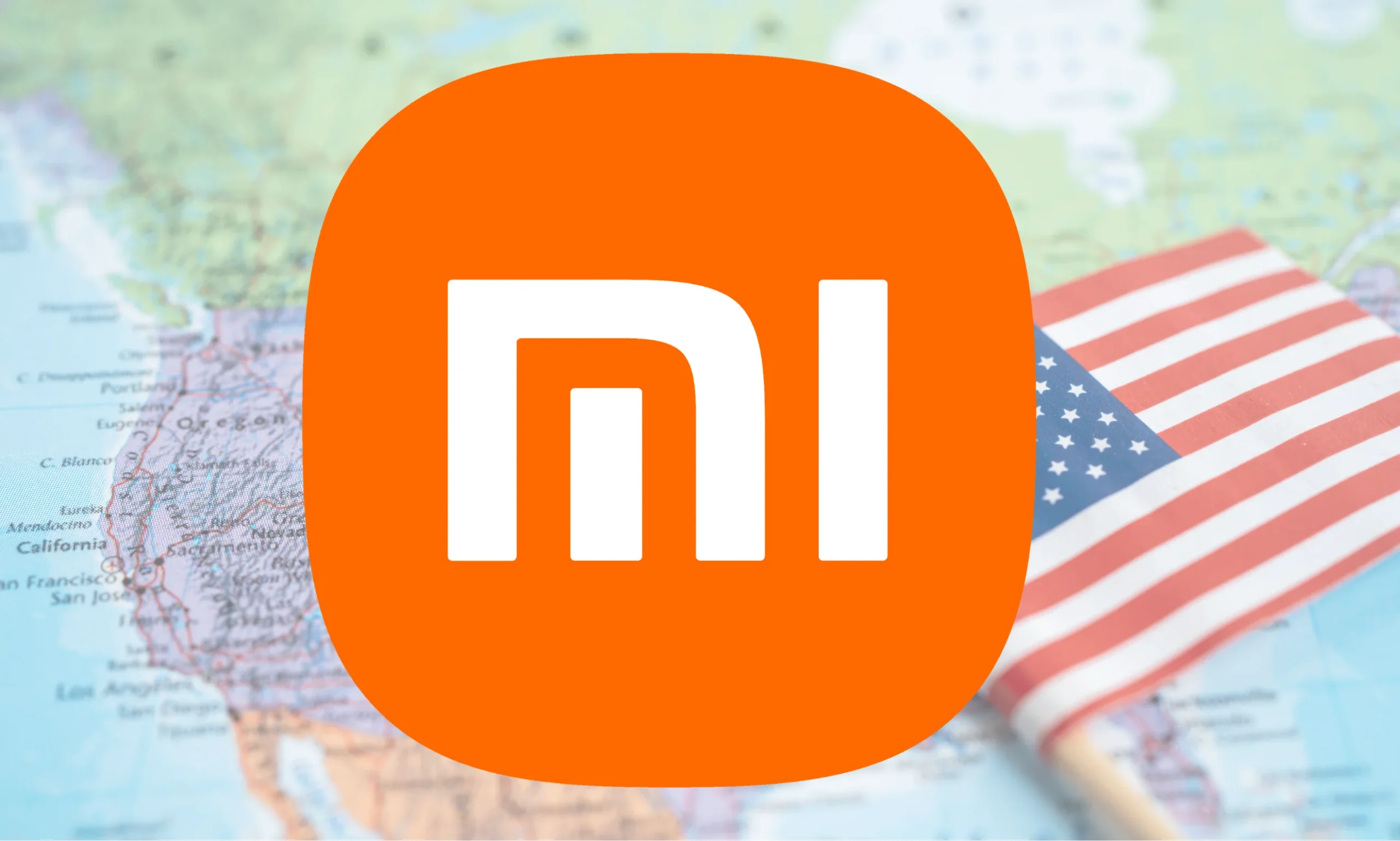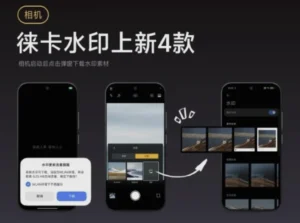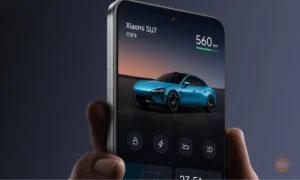Xiaomi US Smartphone Entry: Challenges & Future
Xiaomi’s US Smartphone Dream: The Hurdles and What’s Next
Hey there, fellow tech enthusiasts and Xiaomi fans! It’s your buddy from xiaomiforall.com, and today we’re diving deep into something that’s been on many of our minds: Xiaomi’s journey, or rather, their stalled journey, into the massive United States smartphone market. We’ll break down why this tech giant, who’s absolutely crushing it everywhere else, has found Uncle Sam’s turf so tough to crack. Let’s get into it!
The Global Powerhouse vs. The American Enigma
Xiaomi, since its launch back in 2010, has done some seriously impressive stuff. They’ve built a global empire by offering killer tech at prices that make you do a double-take. Think about it – they’re not just playing the game; they’re leading it in huge markets like India and Russia. By 2024, they were boasting a solid 13.8% of the global smartphone pie, according to some pretty reliable stats (Coolest-Gadgets, 2025). That’s no small feat!

But then there’s the US. Ah, the US market. It’s a whole different ballgame, dominated by the likes of Apple and Samsung, who basically own the place. Trying to elbow your way in here, especially when you’re up against such entrenched giants, is like trying to win a popularity contest at a rival school.
The numbers speak for themselves, and they aren’t exactly shouting “Xiaomi!” in the US. Digging into the data from Oberlo (2024), as of September 2024, Xiaomi’s slice of the US smartphone market was a measly 1.86%. Compare that to Apple’s massive 57.39% and Samsung’s healthy 23.27%, and you can see just how uphill Xiaomi’s battle has been. It’s a stark reminder that global success doesn’t automatically translate to every corner of the world.
A Long-Standing Interest, But Little to Show
You might be surprised to know that Xiaomi has been eyeing the US market for a good while now. Way back in 2018, Wang Xiang, who heads up Xiaomi’s international business, was quoted by CNBC (2018) saying they were “very, very carefully building our resources to serve the American consumer.” They were even exploring collaborations with heavy hitters like Microsoft on things like cloud, AI, and hardware.
Fast forward to 2020, and despite the ongoing trade tensions between the US and China, Xiaomi was still keeping the US market on its radar, according to another report from CNBC (2020). However, here’s the kicker: we haven’t seen any major product launches or significant market entries from Xiaomi in the US since then. This really suggests that their grand plans haven’t quite panned out as smoothly as they might have hoped. It’s like saying you’re going to run a marathon but then only taking a few steps onto the starting line.
Shifting Gears: EVs and Semiconductors Take Center Stage
As of July 2025, the news hasn’t exactly been buzzing about Xiaomi making a big splash in the US smartphone arena. Instead, it looks like the company has been wisely redirecting its energy and resources elsewhere. The most exciting development? Their foray into electric vehicles (EVs).
Their SUV, the YU7, launched in June 2025, and get this – it racked up an insane 289,000 orders in just one hour! (Bloomberg, 2025; Reuters, 2025). That kind of demand clearly shows there’s a massive appetite for Xiaomi’s innovations outside of the traditional smartphone space.
But that’s not all. In May 2025, Xiaomi also announced a massive, 10-year, 50 billion yuan (that’s roughly $7 billion!) investment plan focused on semiconductor development (TechHQ, 2025). This shows a deep commitment to technological innovation and securing their future in a critical industry. These moves strongly suggest that Xiaomi might be prioritizing these other, high-growth areas before making a full-blown, aggressive push into the US smartphone market. It’s a strategic pivot, and honestly, it makes a lot of sense given the current landscape.
The Gauntlet of Challenges: Why the US is So Tough
So, why exactly has the US market proven to be such a tough nut to crack for Xiaomi? It’s not just one thing; it’s a whole list of significant hurdles:
Intense Competition
We’ve touched on this, but it’s worth hammering home. The US smartphone market is like a fortress, with Apple and Samsung holding over 80% of the market share (Oberlo, 2024). This leaves precious little room for anyone else to grab a significant piece of the pie. Xiaomi’s bread and butter is usually its value-for-money proposition, targeting the mid-range and budget segments. However, US consumers, while appreciating value, often gravitate towards premium offerings and established brands. This means Xiaomi’s price-sensitive strategy might not resonate as strongly here.
Patent Pitfalls and Legal Labyrinths
This is a big one. Xiaomi has had its fair share of patent disputes in other markets. Remember the Ericsson lawsuit in India back in 2014? That caused some serious headaches and even impacted their sales (SCIRP, s.f.). The US has incredibly strict intellectual property laws. If Xiaomi’s patent portfolio isn’t as robust or as well-defended as those of Apple or Samsung, they could face costly lawsuits, which would be a massive barrier to entry. Navigating this legal minefield would require significant investment and careful planning.
Market Access and Regulatory Red Tape
Getting a product into the US isn’t just about building it; it’s about making sure it meets all the local bells and whistles. This includes adhering to strict regulatory standards and, crucially, striking deals with major mobile carriers like Verizon and AT&T. In the US, phones are often sold through carrier contracts, which means Xiaomi would need to heavily customize its devices and software. As highlighted in a Stanford GSB case study (s.f.), adapting their Android-based MIUI for different markets and getting the necessary certifications is a long and complex process.
Brand Recognition and Consumer Perception
Let’s be real: outside of the dedicated tech community, Xiaomi isn’t a household name in the US like it is in parts of Asia or Europe. A casual search on platforms like Quora (2019) reveals that many US consumers might still perceive Xiaomi as a budget-focused brand. In a market that often values brand prestige, this perception could severely limit their appeal. Building trust and brand awareness would require a massive marketing and advertising blitz, a costly endeavor.
The Distribution Dilemma
Even if they build fantastic phones, how do they get them into people’s hands? Establishing a robust distribution network in the US is another major challenge. Xiaomi would need to forge partnerships with major retailers, online marketplaces, and, of course, those all-important mobile carriers. A Harvard Business Review (HBR) case study (2017) pointed out that building sales channels and production capacity is a significant hurdle for international expansion, and the sheer scale and complexity of the US market amplify this challenge tenfold.
Navigating Cultural Nuances
Operating in a new market means understanding its unique rhythm. This involves grasping local business customs, consumer behavior, and market dynamics. The Stanford GSB case study (s.f.) emphasizes the need for strong cross-cultural management capabilities. This means hiring local talent, adapting marketing strategies, and genuinely understanding what US consumers want and how they want to interact with brands. It’s about more than just selling a product; it’s about becoming part of the local ecosystem.
Where Do Things Stand and What’s the Future Outlook?
As of July 2025, the quiet on the US smartphone front for Xiaomi is deafening. The lack of substantial news strongly suggests that the challenges we’ve discussed have put their big US smartphone debut on the back burner. While Xiaomi is absolutely smashing it in markets like China and India, leading smartphone sales (Counterpoint Research, 2025), their focus in the US seems to have shifted.
Their recent triumph in the EV sector, with the SU7 becoming a runaway success and the best-selling sedan in China in 2025 (S&P Global, 2025), is a prime example of this diversification. It’s clear that Xiaomi is spreading its wings and leveraging its considerable resources into areas with potentially higher and more immediate returns.
Looking ahead, it’s realistic to say that Xiaomi will likely continue to face significant roadblocks in the US. However, this is a company known for its innovation and deep pockets. They could eventually overcome these barriers. But, given their current strategic priorities leaning towards solidifying their presence in emerging markets and conquering new frontiers like EVs and AI, a full-scale, aggressive smartphone entry into the US doesn’t seem to be on the immediate horizon. The future will really depend on how they choose to balance their global ambitions and investments.
A Snapshot of the Challenges
Here’s a quick rundown of the main hurdles Xiaomi faces in the US market:
| Challenge Category | Details | Example or Source |
|---|---|---|
| Competition | Dominance of Apple & Samsung, holding over 80% market share in the US. | Oberlo, 2024 |
| Patents & Legal | Risk of lawsuits due to a potentially less robust patent portfolio. | SCIRP, s.f.; Stanford GSB, s.f. |
| Market Access | Need for product customization, carrier deals, and regulatory compliance. | Stanford GSB, s.f. |
| Brand Recognition | Low brand awareness in the US, perception as a budget brand. | Quora, 2019 |
| Distribution Channels | Building sales networks requires significant investment and time. | HBR, 2017 |
| Cross-Cultural Management | Necessity of adapting strategies to local culture and consumer habits. | Stanford GSB, s.f. |
This table neatly sums up the major obstacles standing in Xiaomi’s way, drawing from various research and analyses.
The Road Ahead for Xiaomi in the US
So, to wrap things up, Xiaomi has definitely signaled its interest in the US smartphone market for years. However, as of July 2025, a significant market entry remains elusive, with their market share hovering around a modest 1.86%. The path is littered with challenges: fierce competition, potential legal entanglements, strict regulatory demands, and the mammoth task of building brand recognition and solid distribution networks. While Xiaomi possesses the resources to potentially tackle these issues, its current strategic focus on other rapidly growing sectors like EVs and AI suggests that a major US smartphone push might not be the immediate priority. The company’s future success in this particular market will ultimately hinge on how it strategically allocates its resources and manages its diverse global ambitions. It’s a fascinating space to watch, for sure!








2 thoughts on “Xiaomi US Smartphone Entry: Challenges & Future”